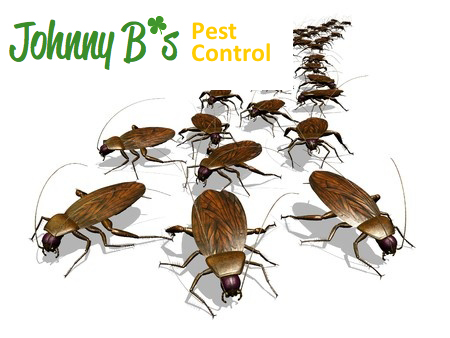It is a good thing that we live in a world where insects are super-small. But why are insects so small? Why can’t insects grow larger? Insects used to be much larger than they are now, but that was millions of years ago, long before humans existed. The truth is, scientists are not exactly sure why insects cannot grow and larger, but there exists several hypotheses.
The first theory involves the exoskeletons of insects. Some scientists believe that exoskeletons are not strong enough to be any larger. If exoskeletons were to become any larger, they would have to become impossibly thick. At this point in time, this idea is only theoretical. However, the main proponent of this idea admits that there is a lack of experimental evidence to demonstrate this idea as being accurate.
The most believable hypothesis, and the idea that has been studied extensively, says that the amount of oxygen in the air determines the size of insects, and they cannot grow past a certain point. Insects possess a trachea, like humans, and through the trachea, insects inhale oxygen that eventually reaches the cells. If insects were to become any larger, the amount of oxygen that they would need in order to survive would be too great to fit through an insect’s narrow trachea. This idea is well supported by historical fact. About three hundred million years ago, insects were much larger and far more terrifying than they are today. Dragonflies used to be the size of hawks, and ants used to be as large as hummingbirds. During this time, the oxygen content in the air was around thirty five percent, but today the oxygen level is around twenty one percent. There have also been experiments that demonstrate how lower oxygen levels in the atmosphere make insects smaller. So be thankful that we don’t have more oxygen in our atmosphere, otherwise house spiders could get into fights with your dog.
Do you believe that insects used to be gigantic relative to their modern sizes?

